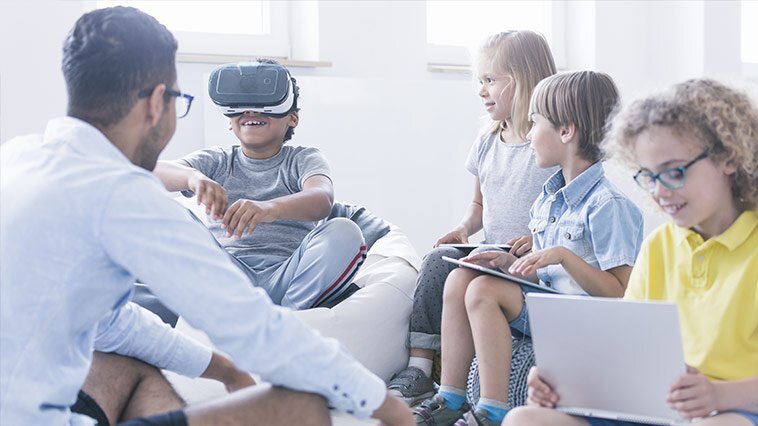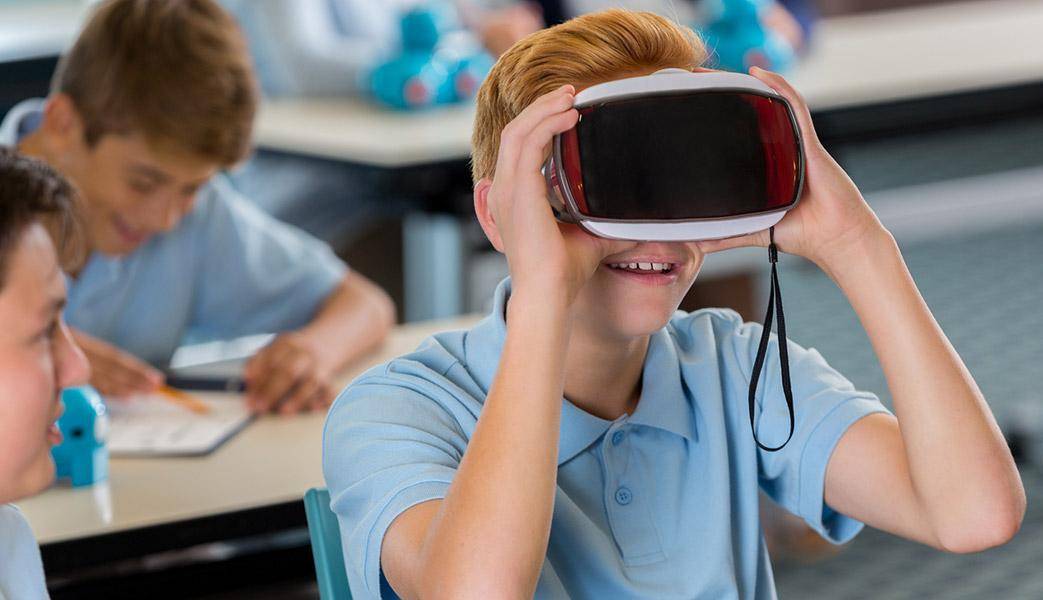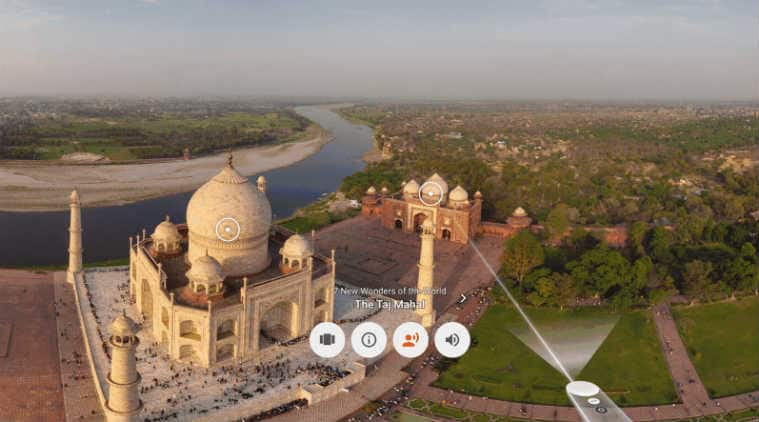New Zealand's education sector will have virtual reality technology in all the schools starting next year according to the government. What can you expect from this emerging and innovative technology now present around the world? What should teachers expect from Virtual Reality in the classroom? And how can teachers use VR most effectively to ignite young minds? Let's dig in.

The immersive nature of virtual reality adds depth and visual appeal to educational content, which in turn allows young learners to engage with and explore, understand, and assimilate concepts that might have been difficult to grasp within a traditional classroom environment.
The use of VR can be critical in enabling students to achieve greater depth in understanding of conceptually rich subjects. In today’s classrooms and those of the future, VR can serve as the ideal technological conduit for disseminating ideas, inciting the curiosity of young learners, and facilitating autonomous and lifelong learning. From exploring the world to discovering the intricate details of the human heart, what VR brings to the classroom is engaging, immersive, and personalized content, provides learners with much-needed flexibility while grasping difficult concepts, and most importantly, helps teachers utilize their time in the classroom in a more efficient and productive manner.
Content is key
For VR to be genuinely useful in the classroom, the key is to develop high quality content that is aligned with the school curriculum and creates opportunities for autonomous learning. Content should be designed so that students stay engaged, stimulated and motivated to learn. This is one of the hardest challenges that teachers face daily in the classroom. However, VR technology can be a practical solution by offering students the opportunity to learn experientially, connect with difficult topics at their own pace, challenge themselves to discover more beyond the walls of the classroom, and track their own progress. But the focus must be on what they are learning as opposed to how they are learning it.
VR can be of use particularly in this aspect because it allows teachers to be part of the immersive learning environment and track students’ progress in the classroom.
Deepen understanding
While VR is exciting and has the necessary wow factor to engage young learners who are products of the digital age, the sustained use of VR in the classroom will be driven by its ability to help students deepen their understanding of difficult topics and facilitate a more purposeful form of learning.
Considering that the crux of the argument for VR in education lies in the notion of learning by doing, students can benefit immensely from a deeper level of connection with a concept, the results of which may then be quantified through test scores. Furthermore, research suggests that the visualization of learning content and learning in a VR environment strengthens the connection between the learner and a concept. This suggests improved retention rates, which can only be proven through additional study
Different strokes for different learners
VR scores higher than other traditional approaches towards learning is in its adaptability. For example, while VR in the classroom can enable students to learn at their own levels of pace and proficiency, it can also assist in the rehabilitation of children with ADHD (Attention-deficit/hyperactivity disorder) by helping teachers attend to the behavioral and cognitive skills of such young learners. The adoption and integration of VR in education signals a much-needed shift away from learning that is often abstract and disconnected from practice, thus empowering young learners around the world with access to an immersive learning experience that is engaging, interactive, and personalized.

The classroom as the hub of creativity
Teachers work tirelessly to help students learn to the best of their abilities. However, keeping students engaged and motivated can be an uphill battle for even the best teachers. That’s where VR factors in, lending a much-needed helping hand by breathing new life into old topics of study and inspiring learners to consider education not as a chore but as a stimulating intellectual adventure. The core strength of immersive technologies such as VR and AR lies in the visualization and simulation of learning content by foregrounding a richly experiential mode of acquiring, absorbing and retaining knowledge.
VR allows students to explore different kinds of realities, which is otherwise impossible in a traditional classroom. Whether it is by bringing ancient history to life, virtually transporting students to outer space, or taking them on a fantastic voyage deep inside the human body, immersive technologies are leading the charge in the transformation of learning and teaching experiences on a global scale.
Reports and analytics
VR alone is not a panacea. True efficacy can only be found when a technology like the VR is properly matched with the curriculum, is localized to the region, and intelligently connects students with concepts, and teachers with students. With intelligent analytics, a teacher can track a student’s progress through learning assessments and generate predictive insights, thus helping both student and teacher identify and address gaps in learning.
The objective is to better comprehend how each student learns and what kind of learners they are. VR offers a view to assist educators in performing their tasks in the most efficient way possible and creating a seamless and riveting educational experience in the classroom. Although students will still be required to learn reading and writing, mathematics, critical thinking, etc., there will be an equal emphasis on developing self-discipline, cognitive skills, and technical proficiencies - the forte of immersive technologies like VR. And although interactive VR modules promote self-directed, self-paced learning opportunities, a connection with the teacher must remain, to ensure educational goals are being met.1

New Zealand Discover more with RobotLAB VR Kits!
Check our VR kits and travel with your students from the comfort of your classroom!
1 This article is original from Veative: https://www.veative.com/



Comments